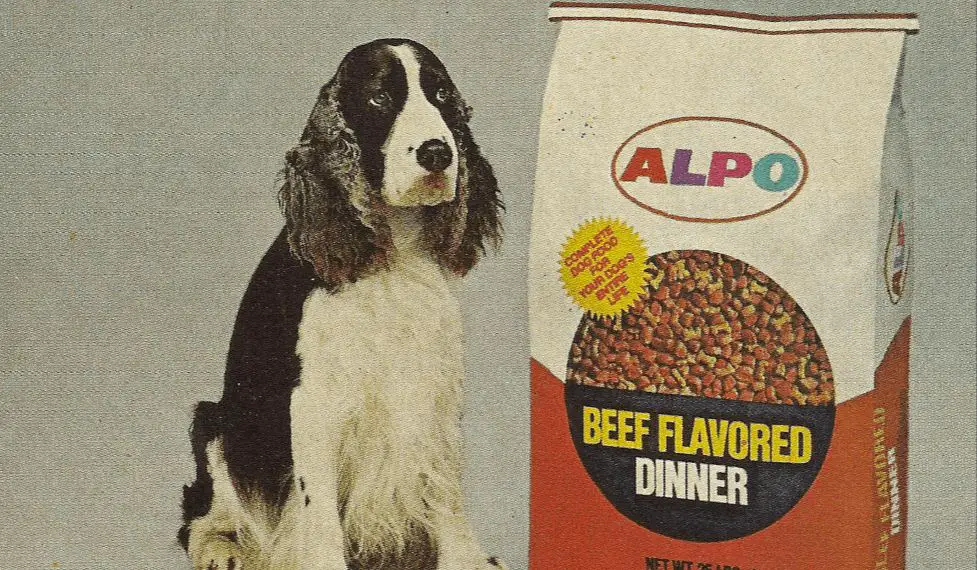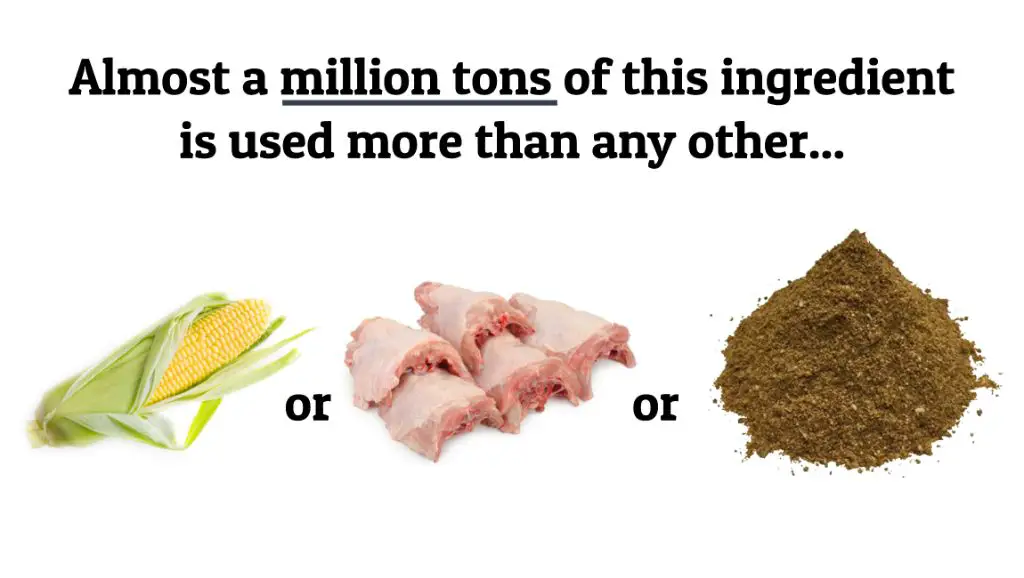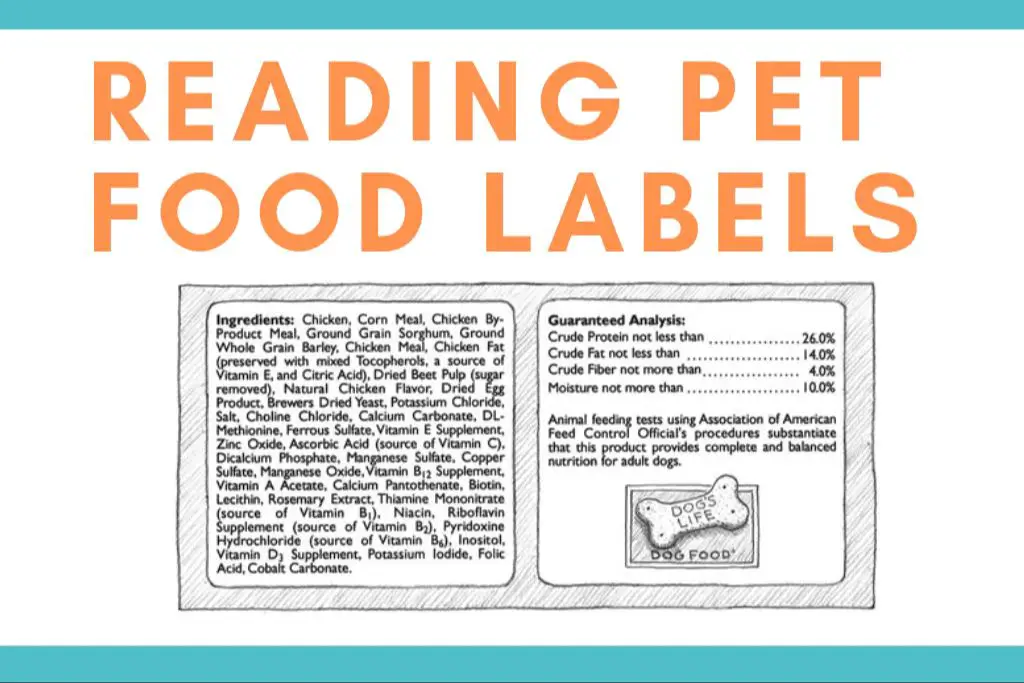Introduction
Dogs have been our loyal companions for thousands of years. As of 2021, over 90 million dogs are kept as pets in the United States alone. With so many furry friends to feed, the pet food industry is booming, with over $35 billion spent on dog food annually in the U.S.
When you walk down the pet aisle, you’ll see dozens of options for feeding your dog. Dry kibble, canned wet food, raw diets, organic, grain-free – the choices seem endless. But behind those colorful bags and cans lies a complicated supply chain.
One question many caring pet owners have is: Are animals killed specifically for dog food? Let’s take a closer look at what really goes into commercial dog food and the ethical considerations around it.
History of Commercial Dog Food

Commercial dog food first grew in popularity in the mid-1800s. Up until that point, dogs were fed scraps and leftovers from the family table or they hunted for their own food. As urban populations grew and more families lived in cities rather than rural areas, feeding table scraps became less practical. Commercial dog biscuits were first created in England in around 1860. These biscuits were promoted as a convenience for urban dog owners.
The first commercially prepared wet dog food was created in the early 1900s, also in England. Canned horse meat was produced and marketed for pet dogs. In the United States, the commercial pet food industry took off after World War II. Advances in canning and preservative technology allowed companies to produce canned and dry dog foods on a large scale and ship products across the country. The commercial pet food market grew steadily through the 1950s and 60s. Television advertising promoted commercial brands as the modern and convenient way to feed dogs. This firmly cemented the role of commercial pet foods for generations of dog owners to come.
Ingredients in Dog Food
Commercial dog foods contain a variety of ingredients that make up a complete and balanced diet for dogs. The main ingredients in most dog foods are:
Meat
Meat provides essential proteins and fats that are vital for muscle growth, tissue repair, and other body functions. Meat ingredients like chicken, beef, lamb and fish are common in both dry and wet dog foods.
Grains
Grains like corn, wheat, rice and oats are affordable sources of carbohydrates, fiber, and certain vitamins and minerals. They help provide energy and bulk to dog food.
Vegetables
Vegetables like potatoes, peas, carrots and spinach contribute vitamins, minerals and fiber. They also add moisture to help bind ingredients together.
Supplements
Vitamin and mineral supplements are added to ensure dog foods contain balanced nutrition. Common supplements include choline, vitamin E, calcium, phosphorus, and glucosamine.
Sourcing of Ingredients
The ingredients used in most commercial dog foods come from a variety of sources. This includes both animal-based and plant-based ingredients.
For animal-based ingredients like meat, poultry, fish and eggs, most dog food manufacturers work with suppliers to source these ingredients. This can include slaughterhouses, meat processors, and egg farms. The specific standards and practices at these facilities can vary greatly.
Some pet food companies own their own manufacturing plants where they directly control the sourcing and quality of animal-based ingredients. Other companies outsource this process to third-party suppliers and have less control.
Plant-based ingredients like grains, fruits, vegetables, and supplements are typically sourced from agricultural growers, mills, and other food production facilities. As with animal ingredients, pet food companies may work directly with suppliers or go through third parties.
Ingredient sourcing can be international in scope as well. Many ingredients found in commercial dog foods are imported from other countries to meet high demand.
Meat Sources
The majority of meat ingredients in commercial dog foods come from cattle, chickens, turkeys and fish. These ingredients provide protein, fat and essential nutrients for dogs.

Cattle are a common source of beef, organ meats and bone meal in dry kibble and canned dog foods. Beef provides iron, zinc and B vitamins. Organ meats like liver offer vitamin A, copper, iron and other beneficial nutrients. Bone meal is used as a calcium supplement.
Chickens and turkeys are likely the most prevalent meat source. Poultry ingredients like chicken, turkey, chicken meal, turkey meal, chicken by-products and chicken fat are found in many dog food recipes. They offer amino acids, glucosamine, fatty acids and other key building blocks.
Fish ingredients like salmon, whitefish, mackerel and menhaden fish oil provide omega-3 fatty acids EPA and DHA, which are beneficial for skin/coat health. Fish meals and oils are very digestible for dogs.
Animal Welfare Concerns
There are ethical concerns around the conditions in which animals are raised and slaughtered for pet food ingredients. Many pet food manufacturers source meat and animal by-products from industrial factory farms and slaughterhouses. These facilities are often criticized for poor animal welfare practices, including:
- Animals living in overcrowded, unsanitary conditions
- Routine use of antibiotics and growth hormones
- Lack of access to the outdoors and natural behaviors
- Rushed assembly-line slaughtering processes
- Improper stunning before slaughter, causing pain and distress
Undercover investigations have revealed inhumane practices at some livestock operations that supply major pet food companies. However, it’s difficult to verify standards across complex global supply chains. Consumers seeking ethically raised animal ingredients may want to look for pet foods that are certified humane, organic, or promote farm traceability.
Pet Food Regulations
The pet food industry in the United States is primarily regulated by the Food and Drug Administration (FDA) under the Federal Food, Drug, and Cosmetic Act. The FDA oversees aspects like ingredient safety, labeling requirements, and manufacturing processes.
Pet food manufacturers must adhere to Current Good Manufacturing Practices (CGMPs) to ensure food quality and safety. The FDA inspects manufacturing facilities and analyzes samples to check for hazards and proper nutrition.
The Association of American Feed Control Officials (AAFCO) also provides recommendations on pet food nutrition and helps states regulate and enforce laws. While it’s a voluntary organization, most states adopt AAFCO’s standards. AAFCO has established nutrient profiles that pet foods must meet to make labeling claims like “complete and balanced.”
The US Department of Agriculture (USDA) is not directly involved in regulating pet foods, but does oversee ingredients like meats, grains and vegetables that go into pet foods. The Federal Trade Commission regulates pet food marketing and labeling claims.
While the United States has comprehensive pet food regulations, critics argue enforcement and oversight remain inadequate with too many loopholes. There have been calls for modernizing standards and giving the FDA more authority.
Ethical Options
For dog owners concerned about the ethics of commercial dog food, there are some alternative options to consider:
Vegetarian/Vegan
Some brands offer vegetarian or vegan dog food formulas made without any meat or animal by-products. These may use protein sources like soy, peas, lentils, or potatoes. Though dogs are omnivores and can get nutrients from plant foods, there is some debate around whether vegetarian/vegan diets can meet all of a dog’s nutritional needs long-term. Consulting with a veterinarian is advisable.

Organic
Organic dog foods are made with ingredients grown without synthetic pesticides or fertilizers. They also do not contain any artificial preservatives, colors, or flavors. Organic certification verifies food production meets certain environmental and animal welfare standards. However, some critics argue the organic label alone does not guarantee ethical treatment of farm animals used as ingredients.
Doing your own research into manufacturers’ sourcing and production practices can help determine if a particular organic brand aligns with your values regarding animal welfare.
Making Informed Choices
Most pet owners want what is best for their dogs, but knowing the origin of ingredients in pet food can be challenging. Here are some things to consider as a dog owner when making informed choices about which pet foods to buy:
- Look at the product labels for information on sourcing – some brands are more transparent than others.
- Do research on the pet food company and their manufacturing processes.
- Consider reaching out to pet food companies directly with questions.
- Look for certifications like “Human Grade” that indicate higher quality standards.
- Choose brands that source meat from free-range, grass-fed, and humanely raised animals when possible.
- Look for food labeled “Complete and Balanced” which means it meets nutritional standards.
- Consult your veterinarian for tailored advice based on your dog’s needs.
- Be willing to pay more for higher-quality ingredients and manufacturing standards.
- Make gradual changes to your dog’s diet and monitor their health.
An informed and caring pet owner is the best advocate for their dog’s diet. Put in the effort to research and select the pet food you feel good about feeding.

Conclusion
In conclusion, while many commercial dog foods do contain animal by-products and ingredients sourced from factory farms or slaughterhouses, there are ethical options available for concerned pet owners.
Key points covered included the history of commercial dog food production, common ingredients used, animal welfare concerns around meat sourcing, and the lack of pet food regulation.
As a dog owner, being aware of where ingredients come from and selecting brands that align with your values is important. Seeking out pet foods with ethical sourcing, humane practices, and high quality ingredients is one way to reduce support for factory farming.
You can also look into alternative diets like homecooked, raw, or vegetarian options under veterinary guidance. While the choice ultimately lies with each pet owner, staying informed on issues around ingredients allows you to make the best decision for your dog.